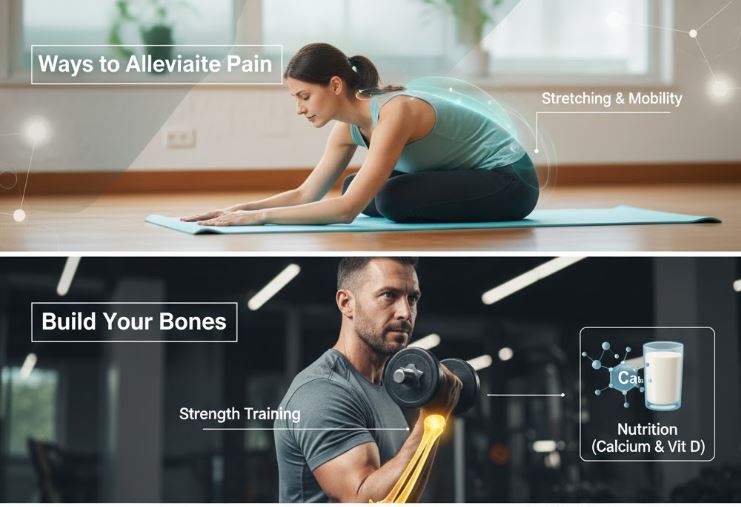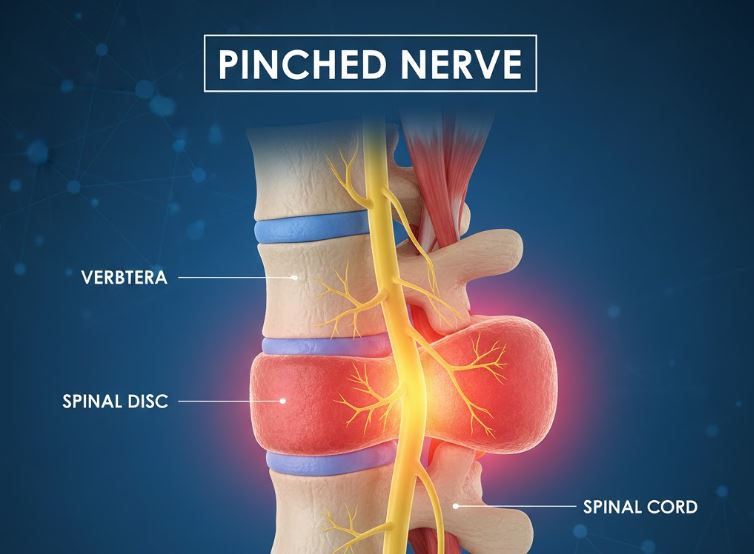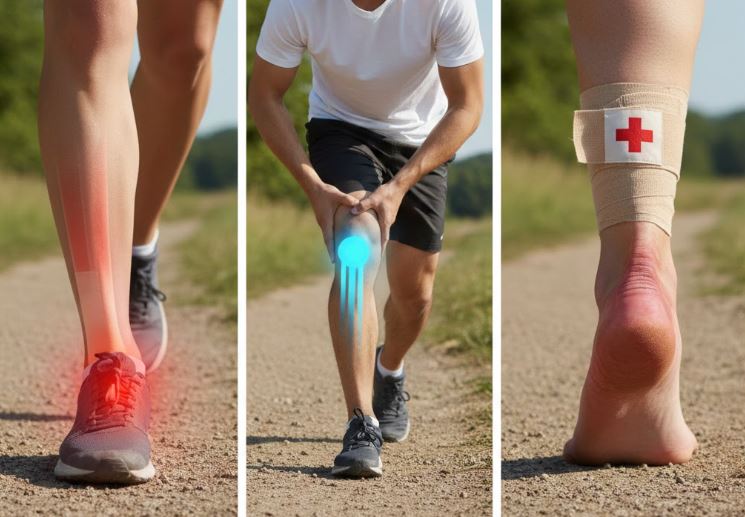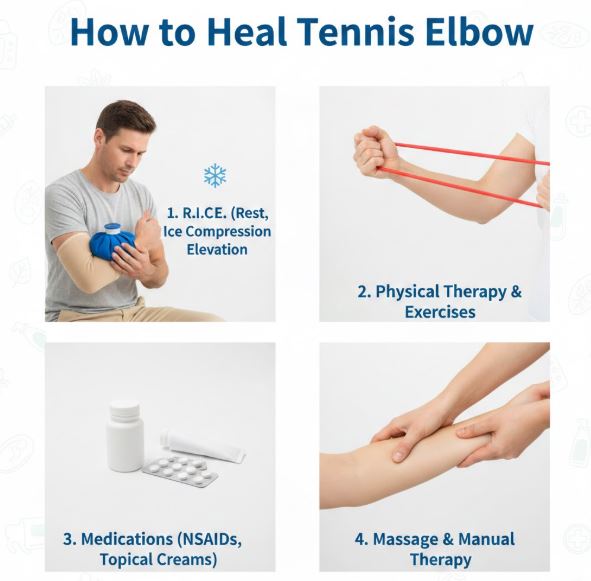Joints are the points of bone connection where bones connect to support body movement. A healthy lifestyle depends on healthy joints because they maintain our body movement and help in walking, jumping, bending or stretching. Healthy joints lead to mental well-being by maintaining balance and stability of the body. Our daily activities and sports are possible with normal movement of joints.
The joints’ health can be affected due to joints losing their actual position or receiving pain due to aging factors, injury, or changes in lifestyle. These factors cause joint health problems and body movement becomes restricted, which leads to serious medical illness. Accident injury, sports injury, or inflammation in joints ultimately causes pain in joints. All these symptoms and joint problems can be cured with proper care and following medical treatments. In this writing guide, we will explore three tips for preventing joint pains.
Tip 1: Maintain a Healthy Weight
Explanation:
A healthy person’s joints bear extra pressure due to fat around joint tissues, which can result in swelling and inflammation. From this situation, the knees, back, and hips are affected the most because the whole body’s weight is maintained on these joints. The risk of osteoarthritis (OA) increases due to the production of extra protein or fat cells around the joints.
Actionable Steps:
Choose a Balanced Diet
- Our daily food plays a vital role in weight loss or excessive fat on the body. Follow a complete diet plan to maintain an average weight. Avoid excessive use of salt and processed food, plan your diet list by adding fruits, vegetables, and whole grains in it. A lean, neat, and clean diet helps in reducing weight.
Set a Routine for Physical Activity
- Set a routine for physical activities because a balanced diet with routine exercise helps to reduce weight fast. The body burns calories to gain energy during heavy exercise, which ultimately results in reducing body fat. Start with regular walking and slightly build your stamina by cycling and swimming, which requires more energy. Through all these exercises, joints move regularly, and their surrounding fat burns, resulting in healthy joints.
Set Realistic Goals
- Set realistic and achievable goals for weight management by assessing it on a regular basis. Check your weight before setting a routine for diet and exercise. In starting, place a weight range that you can achieve easily and use tools to record your burning calories. Consult with a professional health provider to seek advice about a suitable weight for your body.
Benefits:
Weight reduction leads to minimizing the pressure on joints. Finishing extra fat and swelling on tissues reduces inflammation and risks of joint infection. All this process improves mobility and maintains body shape.
Tip 2: Stay Active and Exercise Regularly
Explanation:
An active and healthy routine leads to gaining muscle strength, which paves the way for body and mental stability. The joints remain active, and continual body movement improves flexibility. The risk of joint injury is reduced by regular exercise because movement finishes the stiffness of joints.
Actionable Steps:
Focus on Low-Impact exercises
- Extra fat on joints can cause injury or pain due to heavy exercise. Therefore, overweight individuals should start with low-impact exercises because they leave low pressure on joints. Add yoga sessions, pilates, and aerobics to your activity list and set a weekly schedule to follow on a daily basis.
Add Strength Training Exercises
- Consult with a professional trainer to seek guidance about suitable exercises according to your body. To learn the proper technique and way of joint movement to prevent any injury. Individuals should start from lightweight training due to joint pains. Add the exercise to the schedule that strengthens the muscles and supports the joints’ stability.
Stretch Daily
- Stretching daily is quite beneficial for joints’ flexibility and muscle health. Consult with a physiotherapist to learn the hidden techniques of stretching. Set a proper schedule for this activity and warm up your body by walking or jogging before starting the stretching. Maintain daily stretches for those joints that have pain or stiffness, such as neck or leg joints need more stretching practice than other joints.
Benefits:
Light exercises and daily activities with low impact on joints are like game changer in joint pain. The slight movement on a daily basis enhances joint functionality. The movement helps to reduce stiffness and muscles become relaxed.
Tip 3: Protect Your Joints
Explanation:
Take precautionary measures to protect joints from injury or wear and tear in the future. Precautions are also straightforward to follow, and gradually, they become part of our lives.
Actionable Steps:
Learn techniques
Contact with a fitness expert or physiotherapist to learn the techniques of light exercise. Learn the pressure points of the body and techniques for lifting heavy objects. For example, in stretching or light exercise, bend on the knees instead of the waist. Similarly, a warm-up of the body before exercise helps to prevent sprained ankles.
Wear Supportive Footwear
Wear supportive and flexible footwear, which helps to maintain the body balance. Drink ample water to stay hydrated during the workout. Keep your diet healthy and full of nutrition, and contact your physiotherapist to learn about the intake of necessary supplements.
Avoid Repetitive Motions
Avoid repetitive motion that can cause damage to tendons or create inflammation in joints. Make a proper routine with relaxation periods and use ergonomic tools that help to prevent muscle strains.
Benefits:
Preventive measures in joint pain minimize the risk of joint damage, and a proper care diet with exercise follow-ups leads to maintaining joint health and prolongs joint function.
Final Analysis
Body joints are important for maintaining a healthy lifestyle and routine body motion. Exercise and a balanced diet help in achieving the target health. Consult with a health professional before starting any diet plan or following a specific routine. They help to plan a personalized solution according to an individual’s stamina and body health. They also guide in performing exercises with proper techniques and safety precautions.
A visit to a health professional will assist in addressing the actual issue behind joint pain because sometimes age or weight are not the reasons behind joint pain. Health professionals detect medical problems and cure them on time. Start your journey for healthy joints now, and plan easy exercises at the start. Stay active, stay healthy.





